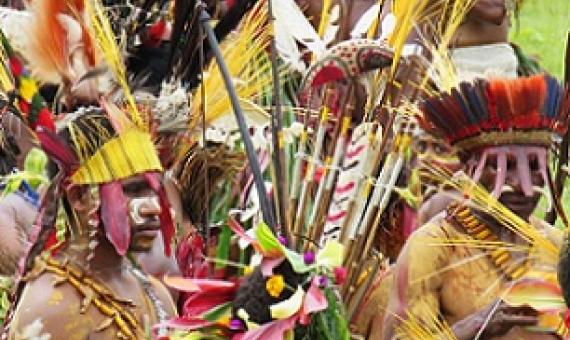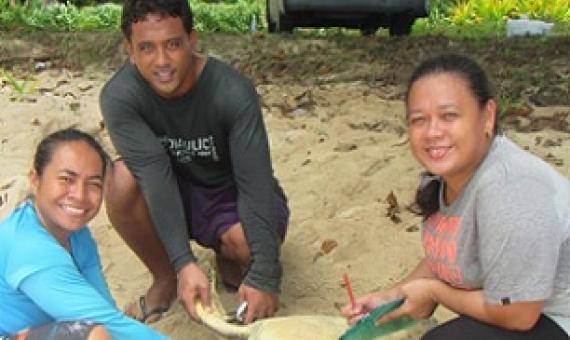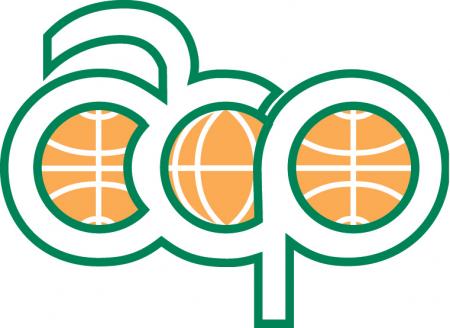Lessons from Palau to end Parachute Science in International Conservation Research
Conservation science is having a reckoning with parachute science. In the parachute science models, scientists drop into a foreign country with preconceived notions, seeking to validate their assumptions without genuine
engagement with local people, ideas, epistemologies, methodologies,
and knowledges, and leave without giving back to the
place from which they extracted.Call Number: [EL]Physical Description: 4 p.








